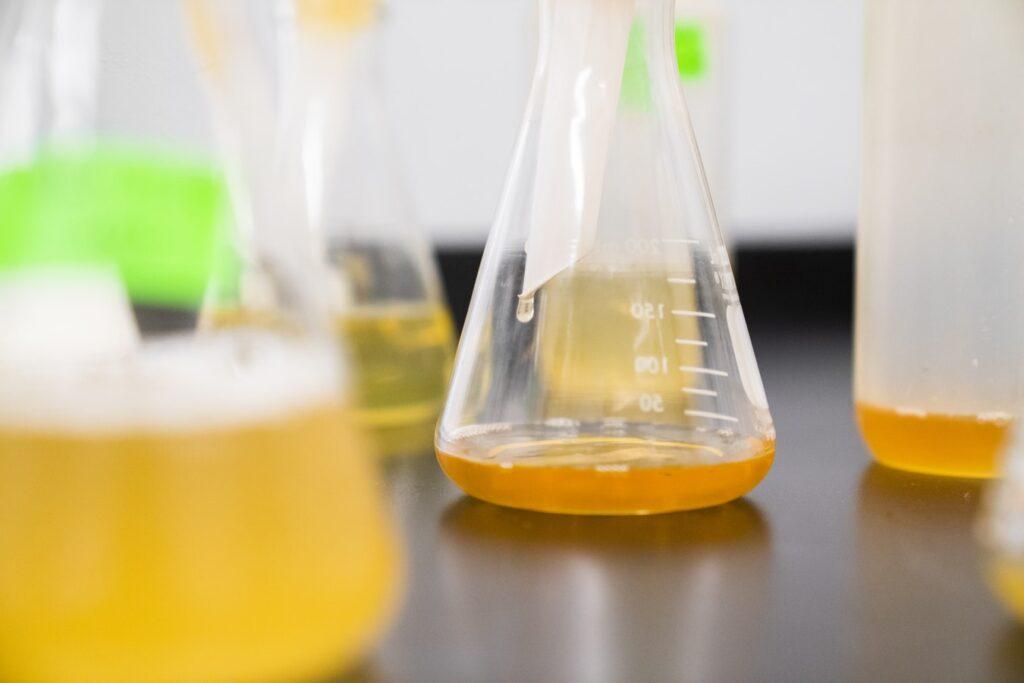
The U.S. pharmaceutical sector is utterly massive. Thanks to its 810,000 employees, our nation is able to hold over 45% of the global pharmaceutical market. However, we didn't get to the top on sheer dumb luck; our strict adherence to clean room standards and good manufacturing practices (GMP) has ensured that all of our work -- from radiolabeling and carbon 14 production to GMP synthesis (guanosine monophosphate) -- follows GMP standards and GMP storage conditions.
Atmospheric and environmental conditions must be closely monitored and controlled through the use of sensing tools and lab equipment, two of the most important of which are fume hoods and biosafety cabinets. Although they perform similar jobs, they are, in fact, quite different. Let's take a look.
Airflow
Fume hoods are made to handle hazardous chemicals, so air is drawn away from the lab technician; it begins at the face of the hood, across the work surface, and finally is drawn through ductwork where it is diluted and released into the atmosphere. This means that proper and undisrupted airflow is crucial to the success of fume hoods; large equipment should not be placed within them.
Biosafety cabinets, on the other hand, utilize HEPA filters to provide environmental, personnel, and/or product protection. There are three classes of biosafety cabinets:
- Class I: Air is drawn away from the lab worker and across the work surface.
- Class II: Intake air is drawn safely around the worker and sterile air flows downward onto the work surface. Exhaust air is HEPA filtered before it is either recirculated or released into the atmosphere via ductwork.
- Class III: These are gas-tight enclosures. Both intake air and exhaust air pass through HEPA filtration.
Applications
When it comes to usage, the difference is clear. Chemical fume hoods are designed to deal with odorous materials, toxic gases, reactive materials, chemicals that can spatter, aerosols, carcinogens, flammables, or other toxic and volatile materials. Comparitavely, biosafety cabinets provide a safe environment for research involving infectious microorganisms or other hazardous particulates to take place.
In order to safely and effectively do your job, you need to understand how your equipment works and why. Because knowing how biosafety cabinets and fume hoods work is crucial to lab tech protection, it's a good idea to make sure you have a grasp on each type.
